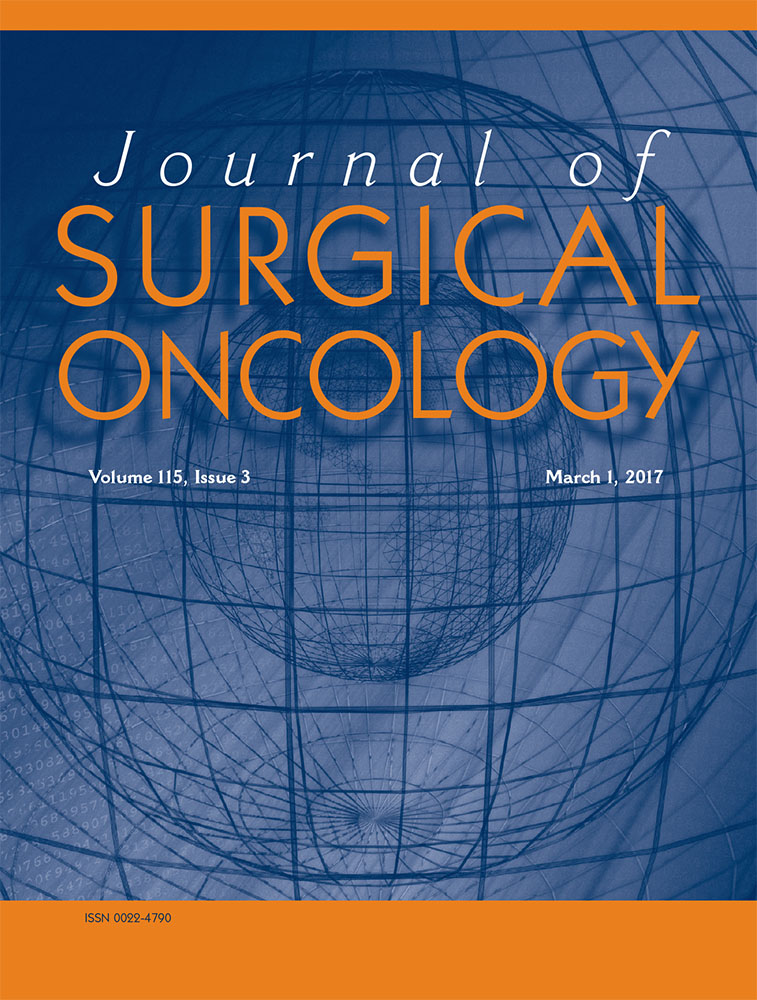Preoperative MRI of the breast and ipsilateral breast tumor recurrence: Long-term follow up
Abstract
BACKGROUND: Local recurrence after breast conserving surgery is reported in 5-10% of cases. This study aims to determine if preoperative MRI is associated with reduced IBTR rates in the longer term and evaluate IBTR rates of a high risk (TN and Her-2 positive) subgroup in those receiving MRI or not.
METHODS: Between 1999 and 2005, patients with invasive breast cancer undergoing BCS and radiation were identified. Primary endpoint was IBTR rate.
RESULTS: The cohort consisted of 470 cases: 27% underwent MRI and 73% did not. Median follow-up was 97 months. Overall 10-year IBTR rate was 3.6%. There was no significant difference in IBTR rate at 10 years between those receiving MRI or not (1.6% vs. 4.2% (P = 0.37). The TN and Her-2 positive combined subgroup had a higher IBTR rate than all others (9.8% vs. 1.7%, P = 0.001). In the group without MRI, the IBTR rate of the high risk group was 11.8% compared to 1.8% in the remainder (P = 0.002).
CONCLUSION: With 10-year follow-up, there was no significant difference in IBTR rate whether preoperative MRI is performed versus not. The high risk population showed an increased IBTR rate, this was more marked in those who did not receive MRI.




